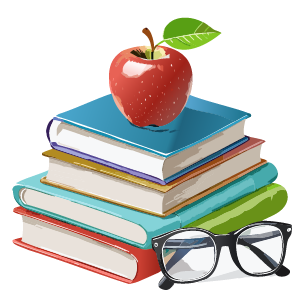Dysgraphia is a neurological condition that affects a person’s ability to write coherently and legibly. It can impact various aspects of writing, including spelling, grammar, and the physical act of forming letters. Regarding education, dysgraphia students may face challenges in multiple areas, but they can still succeed academically with appropriate support.
Here are some considerations for supporting students with dysgraphia in an educational setting:
Early Identification:
- Identify signs of dysgraphia early on to provide timely intervention and support.
- Conduct screenings or assessments to assess writing abilities and identify specific areas of difficulty.
Individualized Education Plan (IEP) or 504 Plan:
- Work with the student, parents, and educational professionals to create an IEP or 504 plan that outlines specific accommodations and modifications.
- Provide accommodations such as extended time for writing assignments, assistive technology, or alternative methods of demonstrating knowledge.
Use of Assistive Technology:
- Introduce and encourage using assistive technology tools such as speech-to-text software, word prediction programs, or specialized keyboards.
- Allow students to use laptops or tablets for written assignments.
Multisensory Instruction:
- Implement multisensory instructional strategies that engage multiple senses in the learning process.
- Use activities that involve tactile, kinesthetic, and visual aids to reinforce learning.
Explicit Instruction:
- Provide explicit instruction in handwriting, spelling, and grammar.
- Break down writing tasks into smaller, more manageable steps.
Alternative Assessments:
- Consider alternative forms of assessment that do not heavily rely on written output, such as oral presentations or project-based assessments.
Environmental Considerations:
- Create a supportive classroom environment with minimal distractions.
- Allow flexible seating arrangements to accommodate students who may need to move around.
Educate Peers:
- Foster understanding among peers about dysgraphia to promote a supportive and inclusive classroom environment.
- Encourage collaborative learning activities.
Professional Development:
- Provide professional development for teachers to enhance their understanding of dysgraphia and effective teaching strategies.
- Foster collaboration between special education and general education teachers.
Encourage Self-Advocacy:
- Teach students with dysgraphia self-advocacy skills so they can communicate their needs and preferences to teachers.
- Encourage open communication between students, parents, and educators.
Educators can help students with dysgraphia overcome challenges and achieve academic success by implementing these strategies and fostering a supportive and inclusive learning environment.


